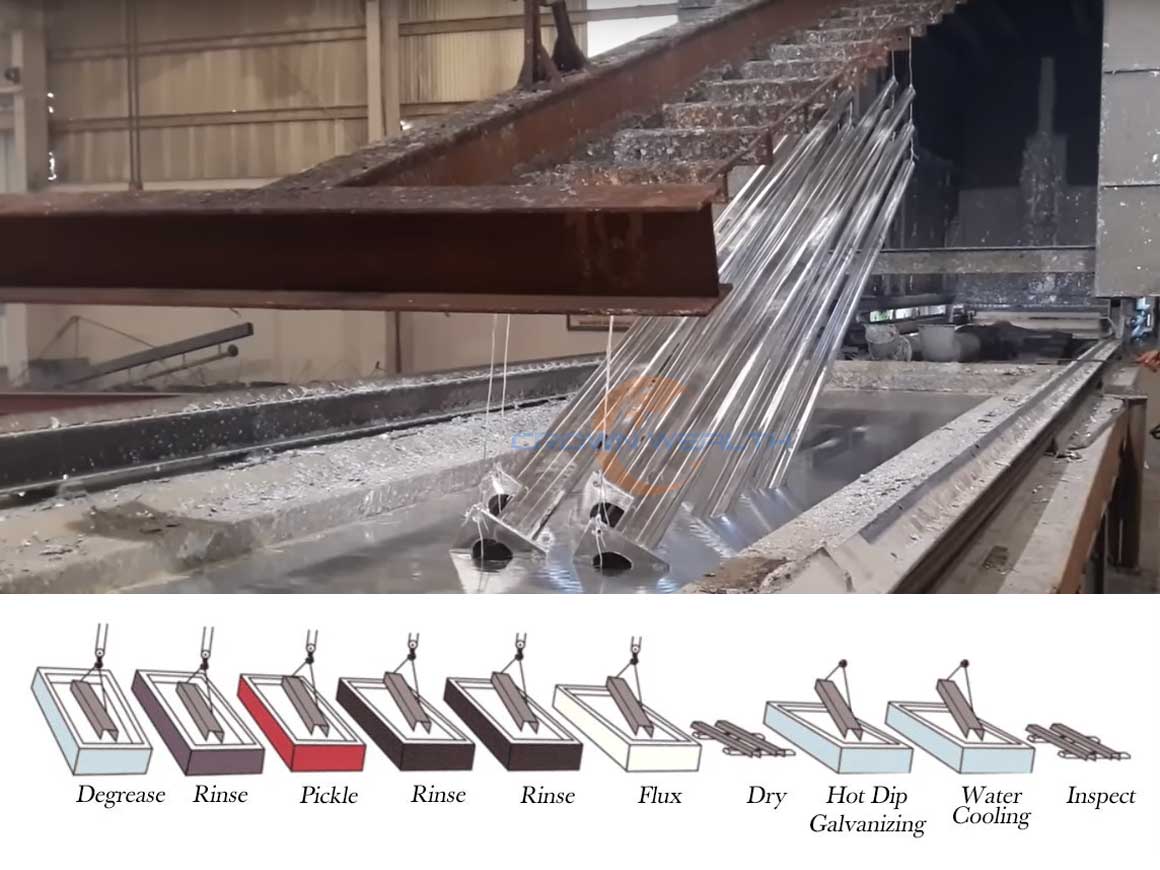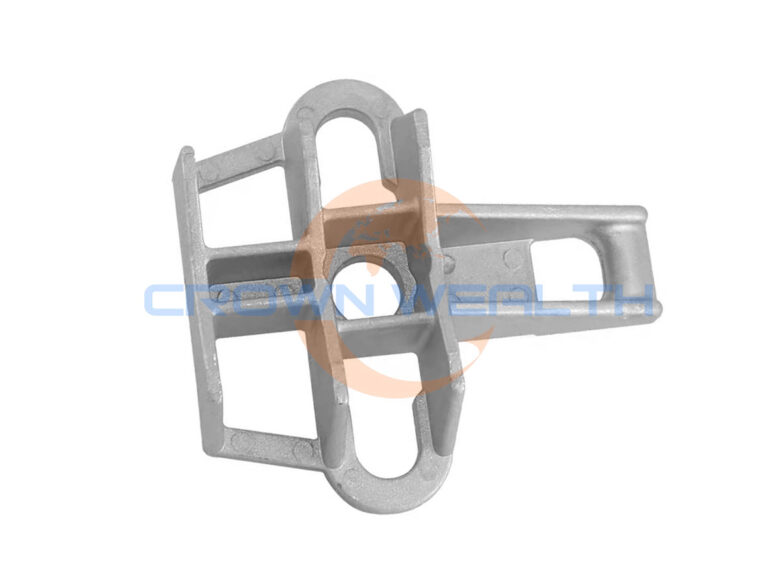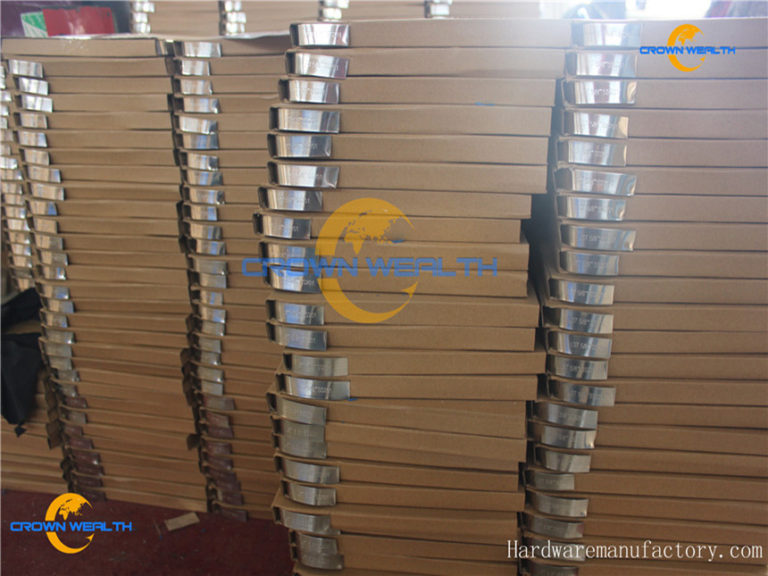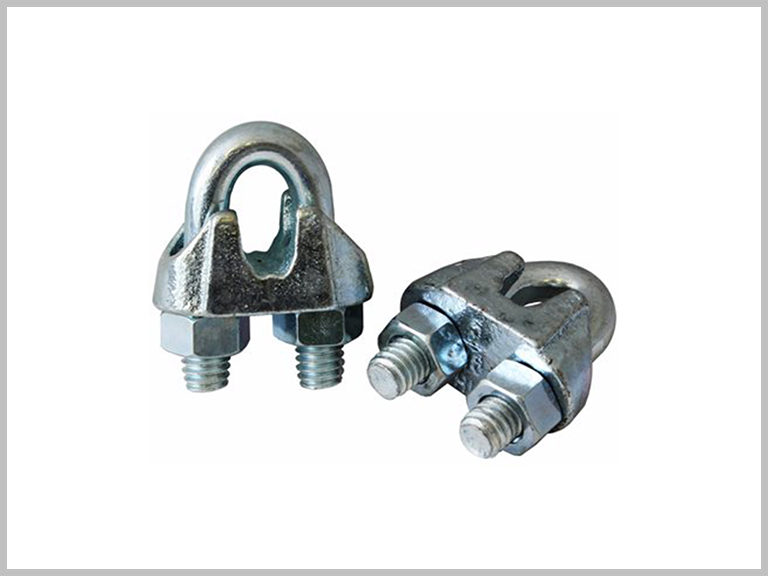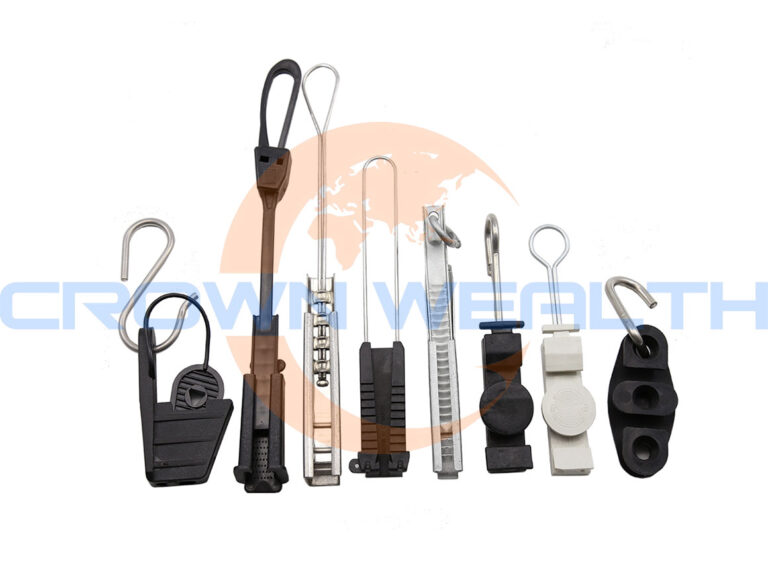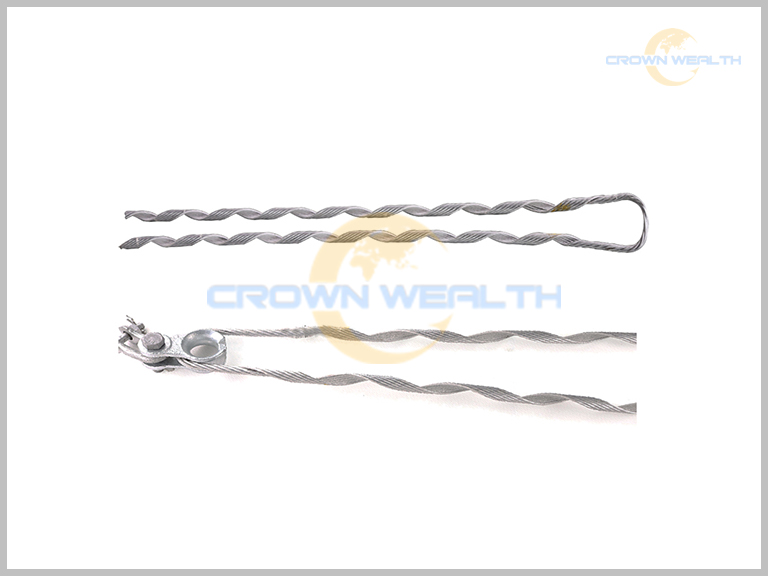Hot-dip galvanizing is a widely-used process that involves coating steel with a layer of zinc to prevent corrosion. This process is vital for industries that require the use of steel in harsh environments, such as construction, infrastructure, and automotive manufacturing. Steel is highly susceptible to rust when exposed to moisture and oxygen, but galvanizing provides a reliable solution to protect steel components, ensuring their longevity and functionality. The process involves immersing the steel in a molten bath of zinc, where it forms a durable, corrosion-resistant layer.
Galvanized steel is commonly used in applications like utility poles, bridges, and structural beams, and it’s often chosen because of its cost-effectiveness and extended service life.
What is Hot-Dip Galvanizing?
Hot-dip galvanizing is a process that applies a protective zinc coating to steel or iron. In this method, the metal is immersed in a bath of molten zinc, which chemically bonds with the surface to form a protective layer. The resulting coating is highly resistant to corrosion and can last for many years in challenging conditions.
Unlike electrogalvanizing, which uses an electric current to deposit zinc onto the surface, hot-dip galvanizing involves a metallurgical bond that is much more durable. This bond between zinc and steel forms a protective barrier that prevents water and oxygen from reaching the steel underneath, significantly slowing down the corrosion process.
Hot-dip galvanizing is used when steel is exposed to the elements, such as in outdoor structures, agricultural equipment, and building materials.
The Hot-Dip Galvanizing Process Step-by-Step
Step 1: Surface Preparation
The first step in the hot-dip galvanizing process is cleaning the steel surface. This step is crucial because contaminants like oil, dirt, and rust can interfere with the bond between the steel and zinc. The preparation involves the following stages:
– Degreasing: The steel is first cleaned in a degreasing bath to remove oils and grease, which can accumulate during manufacturing or transportation.
– Pickling: After degreasing, the steel is immersed in a solution of hydrochloric acid to remove any remaining rust, scale, or oxidation. This leaves the steel surface clean and ready for the next step.
– Rinsing: After pickling, the steel is thoroughly rinsed to remove any acid residues.
The goal of surface preparation is to ensure the steel is clean and free from contaminants, allowing the zinc coating to bond effectively.
Step 2: Fluxing
After the steel is cleaned, it’s dipped in a flux solution. The flux is typically made of zinc ammonium chloride or other compounds that create a thin, protective layer over the steel. The purpose of fluxing is to:
– Prevent oxidation: The flux prevents the steel from oxidizing while it is exposed to air before it is immersed in the molten zinc.
– Improve bonding: Flux improves the adhesion of the zinc coating to the steel by creating a chemical bond between the steel and the molten zinc.
The flux solution helps ensure a smooth and uniform coating when the steel is dipped into the molten zinc.
Step 3: Galvanizing (Dipping in Molten Zinc)
The steel is now ready for the galvanizing process itself. The prepared steel is immersed in a bath of molten zinc at a temperature of around 450°C (842°F). During this process:
– Chemical Reaction: The steel reacts with the molten zinc to form a multi-layered zinc-iron alloy. This creates a tight metallurgical bond between the zinc and the steel, making the coating more durable and less prone to flaking or peeling.
– Coating Formation: The reaction results in the formation of a series of zinc-iron alloy layers beneath a pure zinc outer layer. The outer layer is a smooth, shiny finish, while the underlying layers provide the corrosion protection.
The immersion process takes only a few minutes, but the result is a hard, adherent, and long-lasting coating.
Step 4: Cooling and Inspection
After the steel is removed from the molten zinc bath, it is allowed to cool. The cooling process typically takes place in ambient air or with a controlled water spray. During this phase, the coating hardens, and the final surface finish is formed.
Once cooled, the galvanized steel is inspected for defects like uneven coatings, excessive spillage, or poor adhesion. Quality control checks are critical to ensuring the steel meets the required specifications and standards for strength, thickness, and overall coating performance.
Hot-Dip Galvanizing Coating Benefits
Corrosion Resistance
The primary benefit of hot-dip galvanizing is its ability to protect steel from corrosion. The zinc coating acts as a barrier that prevents water, air, and other corrosive elements from coming into contact with the steel surface. Zinc also has cathodic protection properties, which means that if the coating is scratched or damaged it will be protected by the surrounding zinc. This makes galvanized steel highly resistant to rust and degradation.
Long-Lasting Durability
Hot-dip galvanized coatings are incredibly durable. The thick zinc layer adheres strongly to the steel and is resistant to abrasion, mechanical damage, and wear. Galvanized steel can last for decades, even in harsh environments like coastal areas with high humidity or in industrial settings with exposure to chemicals. The coating’s longevity reduces the need for regular maintenance and repainting, saving both time and money in the long term.
Low Maintenance Costs
Once steel is galvanized, it requires minimal maintenance compared to untreated steel. There is no need for frequent inspections, re-coating, or repairs. The protective layer of zinc remains intact for many years, even in extreme weather conditions. As a result, hot-dip galvanizing reduces the total lifecycle cost of steel products, especially for large infrastructure projects, utility poles, or bridges.
Environmental Impact
Hot-dip galvanizing is considered an environmentally friendly process. Zinc is abundant and can be recycled. The process itself does not produce hazardous by-products, and the galvanized steel is 100% recyclable at the end of its service life. This sustainability makes it an attractive option for industries focused on reducing environmental impact.
Conclusion
Hot-dip galvanizing is a effective and cost-efficient method for protecting steel from corrosion. The process involves a series of carefully controlled steps, including surface preparation, fluxing, and immersion in molten zinc, to ensure a durable, long-lasting coating. The benefits of hot-dip galvanizing include enhanced corrosion resistance, increased durability, low maintenance costs, and environmental sustainability. Whether used in construction, utilities, or manufacturing, hot-dip galvanizing plays a crucial role in improving the longevity and performance of steel products.
FAQ
What are the types of galvanizing?
– Hot-dip galvanizing: The most common method, where the steel is dipped into molten zinc.
– Electrogalvanizing: Zinc is applied through an electric current, resulting in a thinner coating.
– Sherardizing: Zinc powder is used to coat the steel, typically in a rotary drum under heat.
Each method has its own advantages depending on the application, but hot-dip galvanizing is known for its superior durability and corrosion resistance.
How does galvanizing protect steel from rusting?
Galvanizing protects steel from rusting by creating a barrier between the steel and the environment. The zinc coating prevents water, oxygen, and other corrosive agents from reaching the steel. Additionally, zinc has cathodic properties, meaning it will corrode instead of the steel if the coating is damaged, thus protecting the steel from rust and corrosion.
How much does hot-dip galvanizing cost?
The cost of hot-dip galvanizing generally varies based on several factors, including the size and complexity of the item being galvanized, the thickness of the zinc coating, and the geographic location of the galvanizing facility. Generally, galvanizing is considered a cost-effective solution due to its longevity and low maintenance costs. However, for precise pricing, it’s best to contact a galvanizing service provider with your specific requirements.

